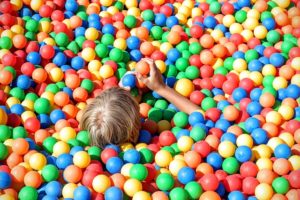 Sensory rooms not only help students with special needs feel more comfortable and empowered in the classroom, they may also keep them in their neighborhood schools, according to K-12 administrators.
Sensory rooms not only help students with special needs feel more comfortable and empowered in the classroom, they may also keep them in their neighborhood schools, according to K-12 administrators.
The carefully designed rooms may include dim lights to help students who are sensitive to light, weighted blankets to give them comfort or a swing they can gently rock on to become calm or spin in a circle for stimulation.
The Council for Exceptional Children says sensory rooms are getting popular in districts to help calm overstimulated or anxious students. Read more »
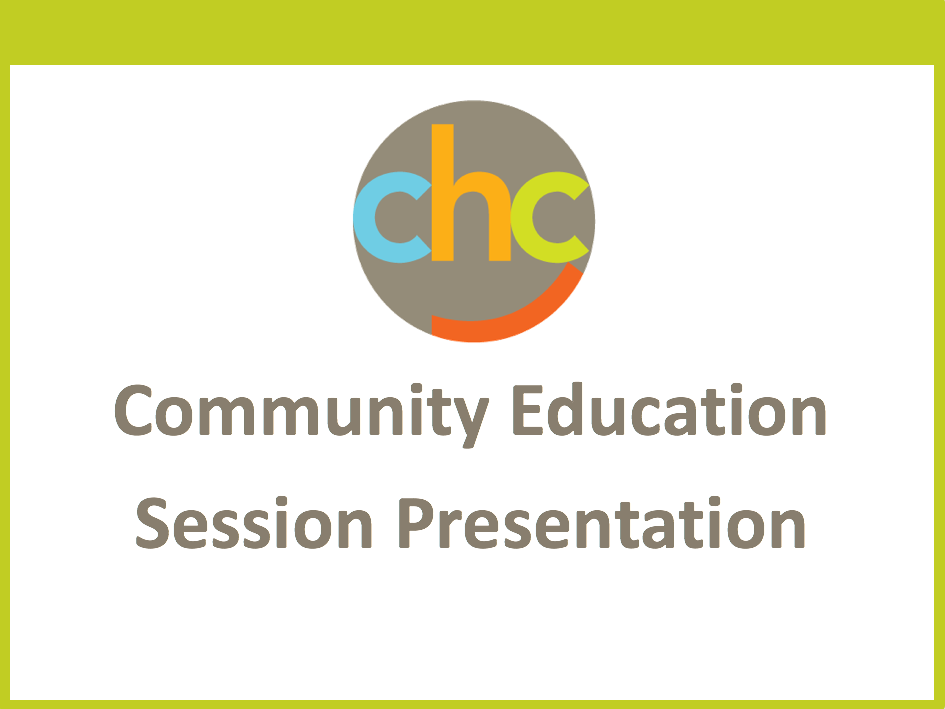
 Do you have questions about ADHD? Learn about ADHD and the strategies that help promote attention and support executive functioning in Dr. Vivien Keil’s presentation in partnership with San Francisco Public Library’s
Do you have questions about ADHD? Learn about ADHD and the strategies that help promote attention and support executive functioning in Dr. Vivien Keil’s presentation in partnership with San Francisco Public Library’s 
 There are 13 categories that guide how disability is defined under the federal special education law known as the
There are 13 categories that guide how disability is defined under the federal special education law known as the 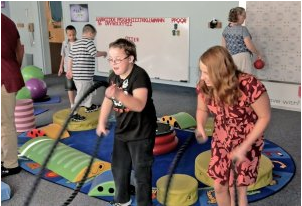

 Sensory rooms not only help students with special needs feel more comfortable and empowered in the classroom, they may also keep them in their neighborhood schools, according to K-12 administrators.
Sensory rooms not only help students with special needs feel more comfortable and empowered in the classroom, they may also keep them in their neighborhood schools, according to K-12 administrators.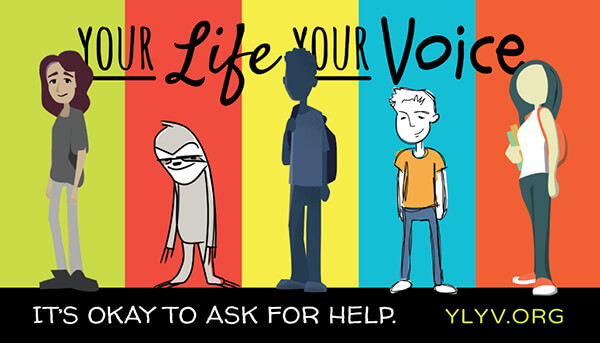
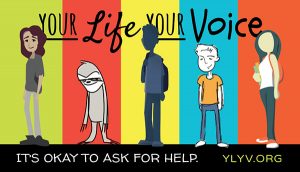
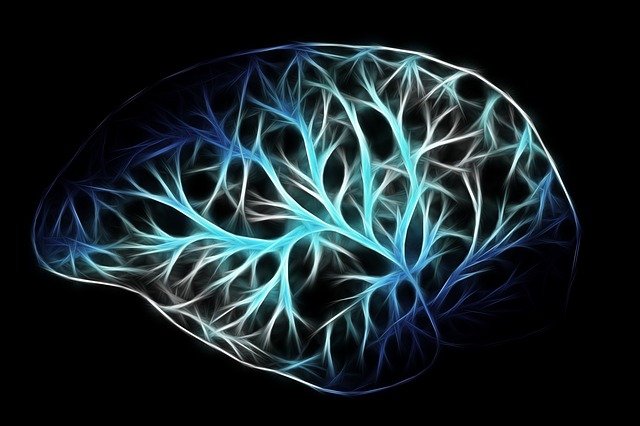
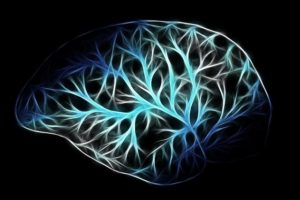 Born in 1992 in Japan, Naoki Higashida was diagnosed with autism at the age of 5. Higashida communicates today by using a letter board and by typing on a computer.
Born in 1992 in Japan, Naoki Higashida was diagnosed with autism at the age of 5. Higashida communicates today by using a letter board and by typing on a computer.

